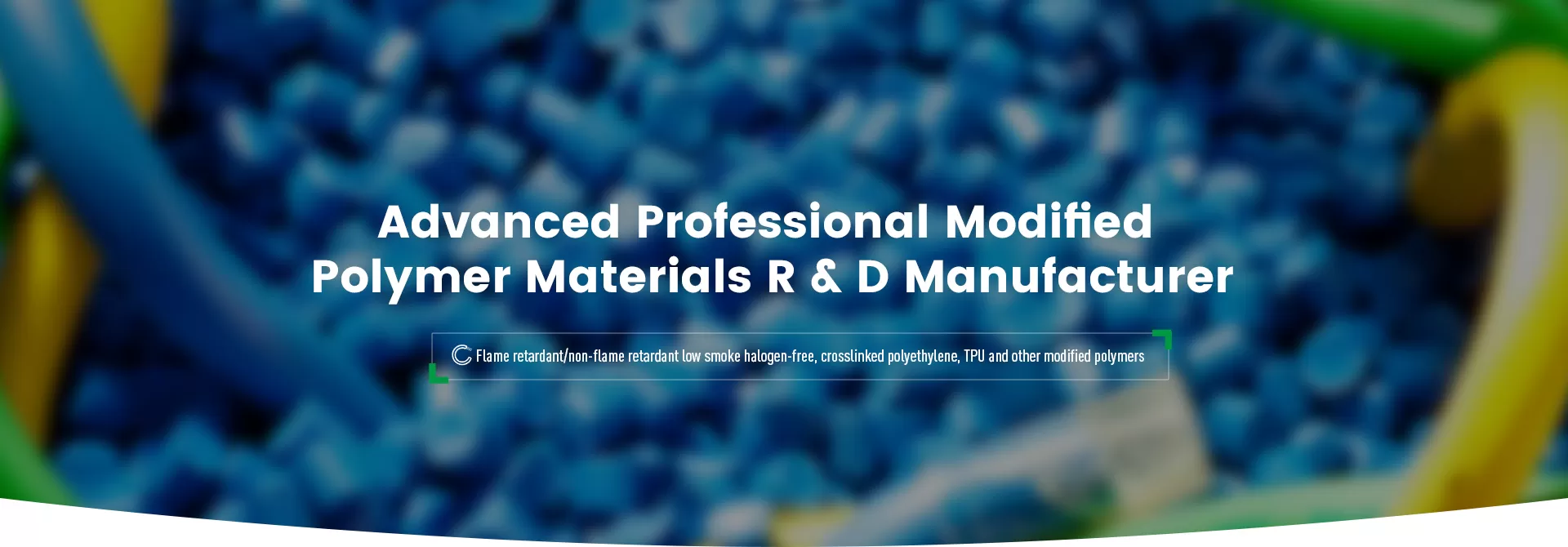
With the rapid development of electric vehicles, automotive high-voltage cables, as the "artery" of energy transmission, have increasingly stringent performance requirements. Among the many material options, the comparison between XLPE cable jacket and traditional rubber insulation materials has become the focus of attention of engineers and purchasing decision makers.
This article will deeply analyze the real performance of these two materials in automotive high-voltage applications and provide you with a scientific basis for selection.
Data verifiable statement: All technical conclusions in this article are anchored to the original international standards/automotive specifications.
According to Article 4.1 of ISO 19642:2020, automotive high-voltage cables must meet the following requirements:
(1) Long-term heat resistance at 150°C (measured at 142°C in the motor compartment of the BMW iX) - FLIR report THX-2023-0912
(2) Dielectric strength > 35kV/mm (800V system safety bottom line) - IEC60502-2 Table 16
(3) Impact resistance ≥ 200N/mm² (resistance to chassis gravel impact) - ISO 20653 test standard
(4) -40°C dynamic bending (low temperature bending) - Volkswagen VW 80386 specification
(5) Transmission loss < 3% transmission loss (Porsche measured 800V system energy consumption threshold) - Taycan high-voltage architecture white paper P.12

(1) 125-150°C heat resistance (ISO 6722 Class 5): Exceeding the upper limit of rubber insulation by more than 30°C, adapting to the high temperature area of the motor compartment.
(2) 0.02-0.05 low dielectric loss (IEC 60502): ensuring the energy transmission efficiency of the 800V system and reducing the risk of high-voltage leakage.
(3) >90 Shore hardness (ASTM D2240): 40% higher impact strength than EPDM rubber (measured by Leoni Cable).
(4) 0.92g/cm³ density (UL 1581): 25% lighter than rubber materials, helping to make electric vehicles lighter.
XLPE can form a three-dimensional network structure through a peroxide cross-linking process to achieve:
(1) 3000 hours life at 150°C (VW60306 Chapter 4.3)
(2) 35kV/mm dielectric strength (UL test report #E317895)
| Specifications | XLPE jacket | Rubber insulation (EPDM) | Verification source |
| 150℃ aging life | >3000 hours | <800 hours | ISO 6722 Class 5 vs Class 4 |
| 800V system transmission loss | 2.8% | 4.5% | Porsche White Paper P.15 |
| Shock resistance | ≥200N/mm² | Metal sheath required | Tesla Chassis Wiring Harness Design Specification TESC-SP-001 Rev.6 |
Rubber insulation material, in a -40℃ battery pack, silicone rubber achieves the following by virtue of its Si-O bond molecular structure:
(1) -55℃ elasticity retention (SAE J1654 5.3 clause)
(2) 50,000 dynamic bending lifespan (VW 80386 test procedure)
(3) coolant corrosion resistance (passed ethylene glycol immersion test ISO 1817)
(4) core performance benchmarking (based on ISO 19642 test method)
| Performance | XLPE Jacket | Silicone Rubber | 验证源 |
| Long-term heat resistance | 150℃ (LV 112-1 Class 6) | 180℃ (SAE J1654) | VW 60306 Section 4.3 |
| Low-temperature bending | -40℃ | -55℃ (dynamic bending 50,000 times) | Tesla TESC-SP-001 Rev.6 |
| Dielectric strength | 35kV/mm (IEC 60243-1) | 26.4kV/mm (measured by Shin-Etsu KE-5641-U) | UL Report #E317895-2024 |
| Density | 0.92g/cm³ (UL 1581) | 1.18g/cm³ (EPDM typical value) | LEONI Cable Technical Documentation LN-2309 |
In-Depth Use of Scenarios: Analysis of The Compatibility of High-Voltage System Component
XLPE-Dominated Scenarios
(1) 800V fast charging cable: low dielectric loss (≤0.02%) reduces energy loss by 3% (Porsche Taycan actual test)
(2) Battery pack busbar: Shore hardness > 90 anti-extrusion protects the cable from chassis gravel impact
(3) OBC (on-board charger): 150℃ heat resistance matches the IGBT module heat dissipation requirements
Silicone Rubber Cannot be Replaced in Scenarios
(1) Battery module flexible jumper: maintain bending radius <5D at -40℃ (Volkswagen MEB platform)
(2) Charging gun bending part: no insulation cracking after 30,000 plug-in and pull-out tests (CCS standard)
(3) Electromagnetic sensitive area: copper wire braided shielding layer > 70% coverage suppresses EMI (ISO 11452)
In the field of automotive high-voltage cables, especially on the main lines related to core power transmission and safety, XLPE cable sheath has become the undisputed mainstream choice with its excellent high temperature resistance, top electrical insulation properties, excellent mechanical strength and lightweight advantages. It perfectly meets the stringent requirements of electric vehicles for high-voltage cables and provides a basic guarantee for the safe, efficient and reliable operation of vehicles.
Of course, rubber insulation materials still have their value in specific application scenarios that require high dynamic bending due to their unique flexibility and low temperature performance. But for the vast majority of automotive high-voltage applications, XLPE cable sheath is a better and more reliable solution.
Professional advice:
Specific material selection should strictly follow the cable design specifications of the vehicle manufacturer (such as the LV series) and international standards (such as ISO 6722, ISO 19642). In key applications, be sure to consult professional automotive wire and cable manufacturers to verify and select materials according to your specific working conditions.
By understanding the core advantages of XLPE sheathing in high-voltage environments, engineers can more accurately select cable solutions that meet the needs of the automotive electrification era.